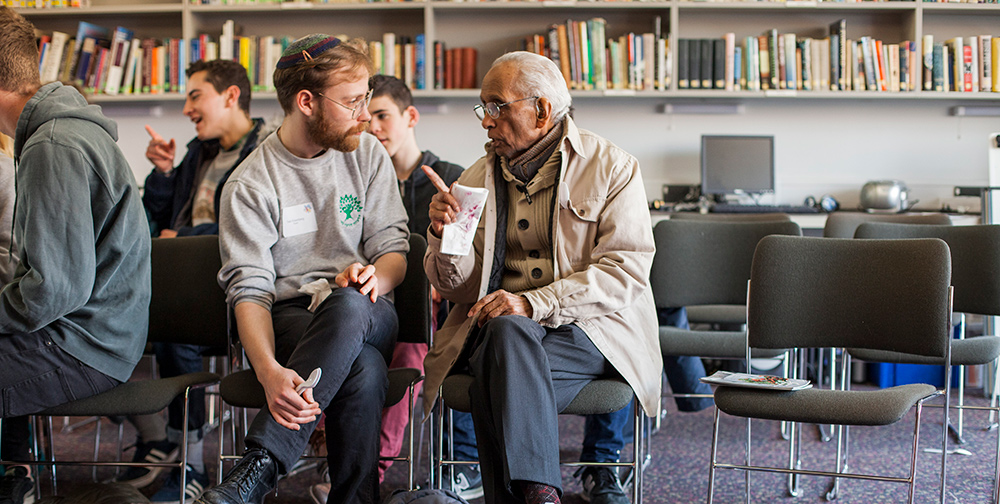Ramban

There’s a great sketch on Erets Nehederet (Israeli Saturday Night Live) where the Ramban gets confused for the Rambam and he gets increasingly angry about it, eventually giving up and resigning himself to infinite acronymic anonymity. As someone who loves the work of the Ramban, I often feel I’m living in that sketch. Ramban (1194-1270) refers to Rabbi Moshe ben Naḥman, AKA Naḥmanides, AKA Bonastruc ça Porta (his Catalan birth-name).
Ramban was one of the foremost scholars in reconquered Spain, leading the large and influential Catalonian communities for most of his life. He wrote works of halakhah, biblical commentary, kabbalah, and more. Like Rambam (Maimonides), Ramban was a physician and a public figure, engaging in disputations and defenses on behalf of the Jewish community in the Christian courts of northern Spain.
His most famous work is his commentary on the Torah. It is one of the few featured in nearly every Mikra’ot Gedolot (Study Bible) printed since, and in it he combines mysticism, philosophy, medicine, and science in a comprehensive and contextual analysis of the text. Some of the ideas that emerge from his commentary include: the idea that the natural world is governed by ‘hidden miracles’ which influence every aspect of our lives, the idea that Creation as described in Genesis happens not ex nihilo (from nothing) but indirectly from a universal created substance, and the notion that the Torah itself is, “nothing other than a series of divine names” encoded the text.
In addition to his biblical commentary, Ramban wrote a gloss on Maimonides’ list of the mitzvot, taking issue with the way several were categorised in a manner that frames many significant dichotomies in halakhah to this day. He also authored works of mystical commentary and wrote a long and fascinating treatise on death rituals and mourning practices, and a commentary on the Book of Job which holds the unique honour of being the first mainstream Jewish work where reincarnation is seriously discussed.
Beyond his writing, Ramban was invited by King James I of Aragon to engage in a public disputation (Judaism v. Christianity) with a man who had been born Jewish but converted to Christianity and had become a priest and anti-semitic preacher. They debated for four days, and although public disputations such as this were inherently rigged show-trials, Ramban did so well that he was considered by James I to be victorious. The king later said he had never encountered a man who, ‘while yet being wrong, argued so well for his position.’ Although ostensibly successful, Ramban was attacked for his participation in the dispute, leading to legal charges of blasphemy against him. Recognising the danger, he left Spain to fulfill a life-long dream of moving to the Land of Israel.
In 1267, Ramban arrived in Jerusalem to find a tiny and destitute Jewish community. He built a synagogue and immediately set out to improve the quality of life for Jews living there. He died a few years later, around the age of 77, leaving a legacy of transforming Jewish communities and Jewish history ever since. Community leader, sage, rhetorician, mystic, halakhist, proto-Zionist– Ramban had a full and interesting life, of which many contemporary labels could be applied. All are worthy of further study, so long as one keeps in mind that Ramban and Rambam are two very different sort of rabbis.
Rabbi Adam Zagoria-Moffet is the rabbi of St Albans Masorti Synagogue.




